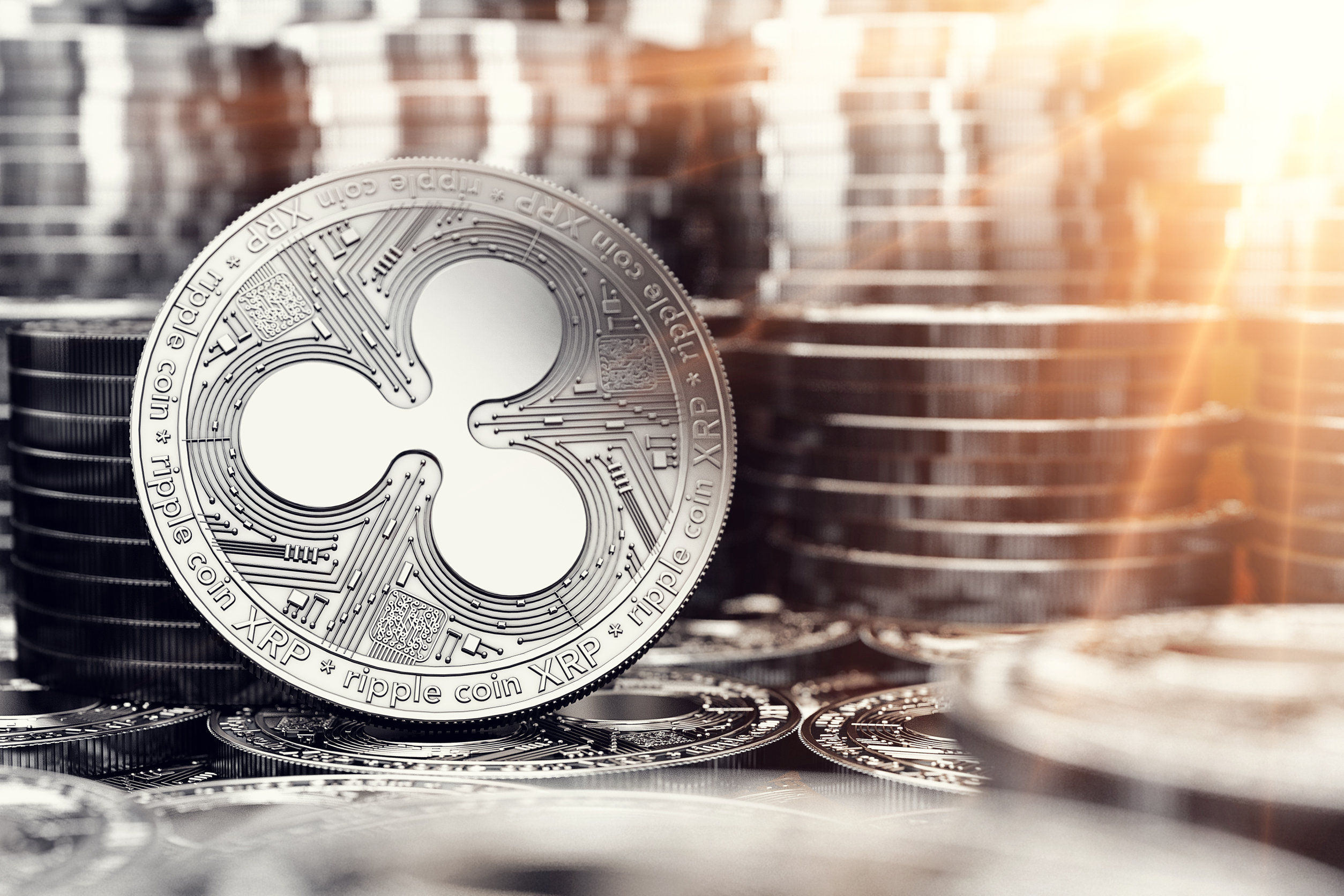Ripple announced that it was moving into the vibrant stablecoin last week. That was a big announcement considering that it is one of the biggest players in the crypto industry with a market cap of over $33 billion.
Ripple to launch stablecoin
It was also a notable statement because it was sort of an admission that XRP was not living up to expectations in the payment industry. XRP was created to facilitate global trade and cash movement around the world through financial companies like banks.
Ripple has made several partnership announcements with the likes of SABB, Lemonway, and Banco Rendimento. However, a closer look at the network shows that most of these partnerships rarely use XRP for payments, partly because of its volatility.
Therefore, the launch of the Ripple stablecoin is a logical step since they are backed by physical assets like the US dollar and are more stable.
It is also a good approach for Ripple to make money as the developers consider going public. Stablecoins earn money in two main ways: transaction costs and interest. Transaction costs happen when you send a stablecoin or use it to trade.
Interest, on the other hand, comes from the funds that stablecoin issuers use to buy government and corporate bonds. As a result, most stablecoins are now making a fortune since interest rates have remained at a two-decade high for a while.
Ripple also hopes that its stablecoin will be used more widely in industries like decentralized finance (DeFi) and Non-Fungible Tokens (NFT). It will also be an integral part of the XRP Ledger (XRPL) tool. The developers said:
“Institutions entering this space are finding success by partnering with compliant, crypto-native players and Ripple’s track record and resiliency speaks for itself, as we launch new products and acquire companies through multiple market cycles.”
Taking the Ripple stablecoin with a grain of salt
However, there are reasons to believe that Ripple’s stablecoin will not be successful. First, the stablecoin industry is highly competitive and saturated. Tether (USDT) has maintained a leading market share since it has $107 billion in assets against the total stablecoin market cap of $150 billion.
Read more: How to buy Tether.
USD Coin (USDC) stablecoin has the second-biggest market share with $32 billion in assets. Dai has the third-biggest share in the industry.
Second, other stablecoins issued by prominent companies have struggled to gain market share. Justin Sun’s USDD stablecoin has $727 million in assets, a figure that has barely moved since 2022.
PayPal, one of the biggest fintech companies globally, launched PYUSD with a lot of hype. Months after launch, the token has less than $200 million in assets. This is a sign that stablecoin buyers don’t care about the status of the issuer.
Third, there are signs that investors are now interested in yielding stablecoins. Athena USDe, which provides returns to holders is the fastest-growing stablecoins in the market with over $2.2 billion in assets. Holders earn an APY of over 6%.












